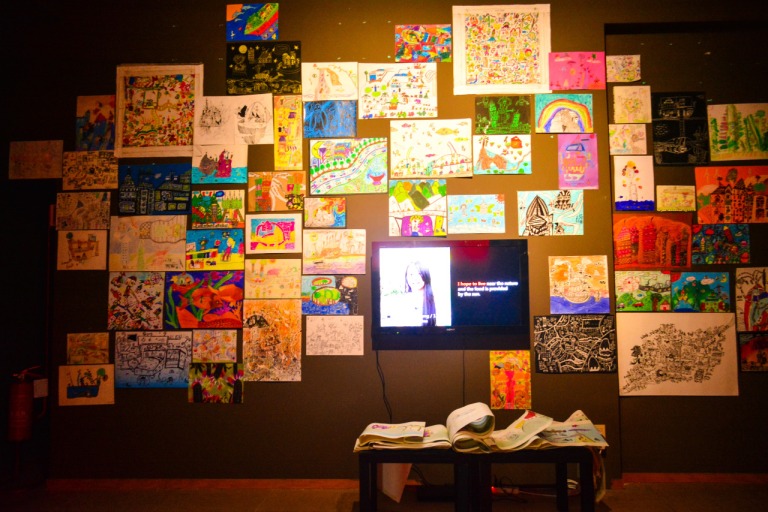Humanistic Nature and society (Shan-Shui) / An insight into the future, May 7-August 4, 2015

Presented by Shanghai Himalayas Museum and curated by Wong Shun-kit. An Insight into the Future will be unveiled at Palazzo Ca’Faccanon. The exhibition features three sections: Peach Blossom Spring – The Imagery of the Past, Metamorphosis – The Imagery of the Reality and Shan-Shui Society – The Imagery of the Future.
In Peach Blossom Spring* – The Imagery of the Past, landscape paintings (high-resolution reproductions) by Xie Shichen (1487- 1567) and He Haixia (1908 -1998), two renowned Chinese landscape painters during the Ming Dynasty and modern times respectively, will be put on display, forming a prelude to the poetically intriguing Shan-Shui context that would elegantly remind people of the long-lasting pursuit for the harmonious state among man, nature and the society.
*Peach Blossom Land was a fable by Tao Yuanming in 421 about a chance discovery of an ethereal Utopia where the people lead an ideal existence in harmony with the outside world for centuries.
info: http://bit.ly/1GPRlHY

松园-阳江组,2015
Pine – Yangjiang Group, 2015

For contemporary Chinese artists Zheng Guogu, Chen Zaiyan, and Sun Qinglin—known as the Yangjiang Group—art is about social action and everyday life, including the practice of calligraphy, shopping, football, gambling, drinking, and eating. They believe art and life are entirely connected, resisting the commercialism of the art market and the over-intellectualization of art. Their latest project, Actions for Tomorrow, includes a live event, Tea Office, as a feature of the exhibition, with gallery staff participating in a tea ceremony each day.
info: http://bit.ly/1CjBvTn

In the second section of the exhibition, Metamorphosis – The Imagery of the Reality, a contemporary and somehow conceptual picture of modern “landscape” is presented. In Rubbing Drought, the seemingly abstract brushwork stands for the arid riverbed of the Yellow River, the “mother river” of China. The familiar and yet strange images remind people of the increasing deterioration of the environment. Likewise, Wang Jiuliang presents a different landscape of the cities and nature, a landscape of garbage. It takes viewers a closer look to realize that what constitutes the beautiful “landscape” is actually all garbage. Environmental problems are often closely related with the obvious fact seen in China – urbanization.
